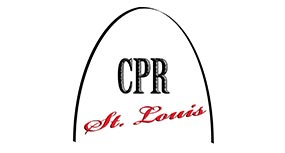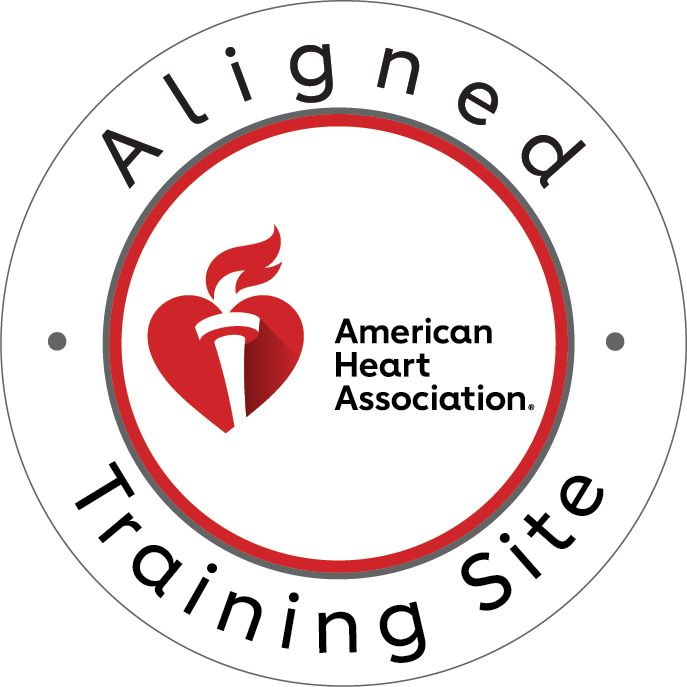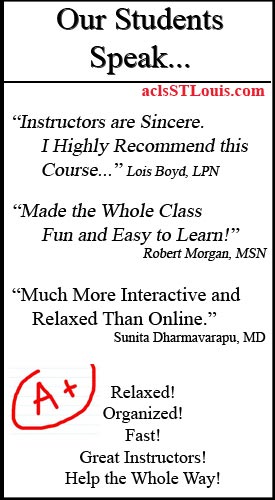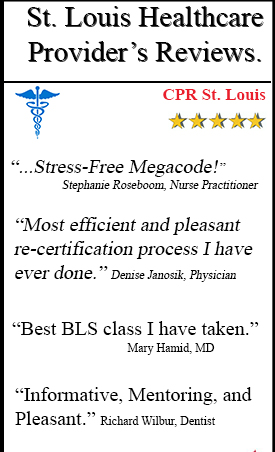Respiratory Diseases – Microbiology STLCC Lecture Online
Call Us Now
Get the Best CPR Class in St. Louis Today!
Diseases of the Respiratory System
Microbiology STLCC Lecture Online
I. Bacterial Disease Respiratory Tract
A. Streptococcal pharyngitis (Strep throat)
1. Steptococcus pyogenes (group A streptococci, GAS)
a. Also responsible for skin and soft tissue infections
1) Impetigo, acute bacterial endocarditis
b. GAS are resistant to phagocytosis
c. Produce streptokinases (dissolve clots which aids in spreading infection)
Call Us Now
Get the Best CPR Class in St. Louis Today!
d. Produce streptolysins (toxic to tissue cells, RBCs, and neutrophils)
2. Most cases of pharyngitis (sore throats) are not streptococcal infections
B. Otitis Media (Middle Ear Infection)
1. Staphylococcus pneumoniae most common (many bacteria)
2. Infection moves from throat through auditory tube to middle ear
C. Pneumonia
1. Streptococcus pneumoniae (typical pneumonia, pneumococcal pneumonia)
a. Capsule makes them resistant to phagocytosis
2. Affect bronchi and alveoli
3. High fever, chest pain
4. Many healthy people carry this bacterium
a. Becomes problematic with stress / lowered resistance
D. Tuberculosis (TB)
1. Mycobacterium tuberculosis
2. Ingested by alveolar macrophages; if not killed the bacteria reproduce in macrophages
3. Multiplying bacteria produce a chemotactic response bringing other macrophages
4. Macrophages surround the area and produce a tubercle (lump)
5. Tubercle can calcify and later break open and spread bacteria
6. Tuberculin skin test on arm
a. Purified protein from M. tuberculosis is injected subcutaneously
b. If area appears indurated (hardened) and red, it is positive for TB
7. Antibiotic treatment is long (6 months)
a. Antibiotics include ioniazid and rifampin
b. Multi-drug-resistant (MDR) strains are resistant to both
II. Viral Diseases of the Respiratory Tract
A. Common Cold
1. Caused by over 200 viruses
2. Rhinovirus most common
3. Sneezing, nasal secretions, congestion
4. Moves from throat to sinuses, to lower respiratory system
5. Spread via virus in mucus
B. Influenza (Flu)
1. Influenzavirus
a. A, B, and C types
b. Type A is the most prominent
2. Mode of Transmission
a. Inhalation of viral laden droplets and fomites
b. The virus can survive 24 on non-living surfaces
3. Infection and Disease
a. Virus binds to cells of respiratory mucosa
b. Rapidly destroys these cells and releases a load of viruses
4. Secondary Infections
a. Pneumonia – Streptococcus pneumoniae and Staphyloccus aureus
5. Signs and Symptoms
a. Chills, fever, headache, myalgia (muscle aches)






